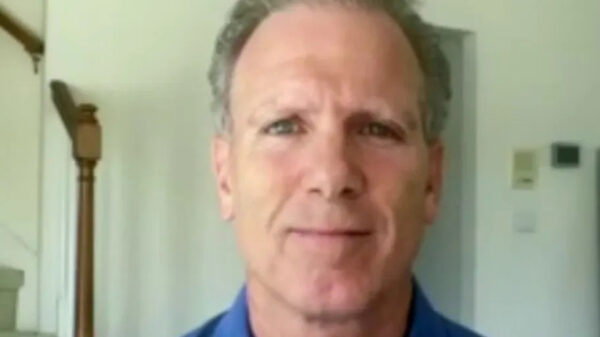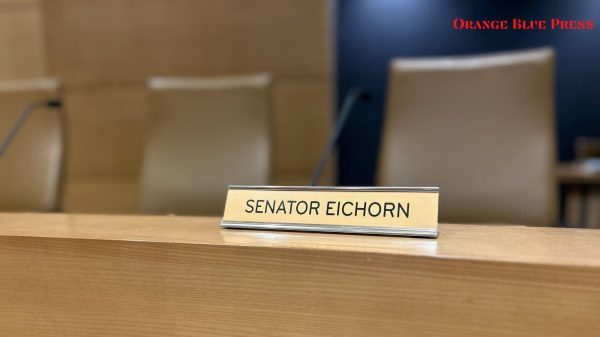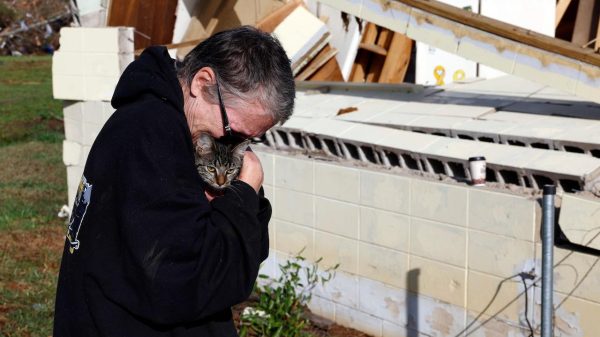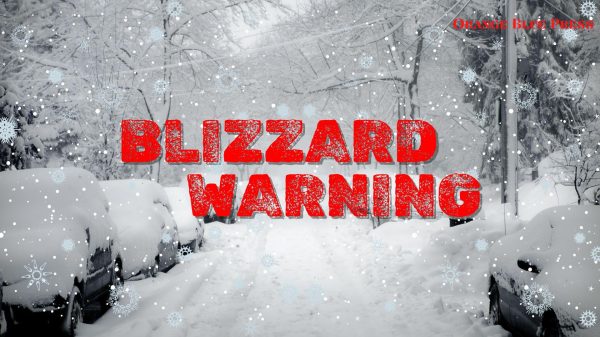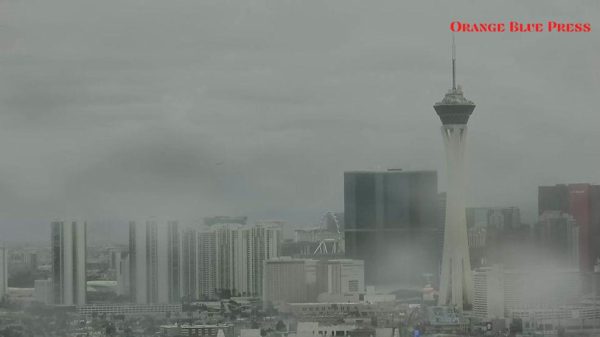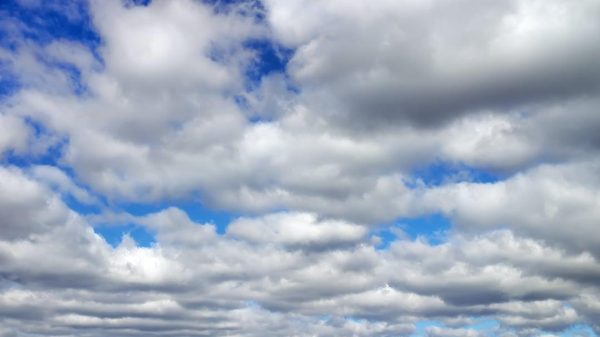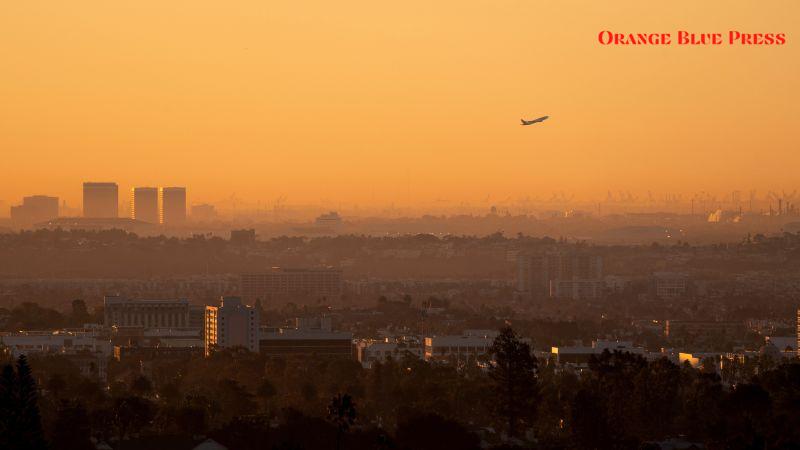Wildfires in greater Los Angeles are igniting fears in communities across the region as emergency responders battle multiple blazes that threaten lives and property. Recently, a significant fire—known as the Eaton Fire—had devastating effects, tragically taking the life of Zhi Feng Zhao, an 84-year-old resident of Altadena. These fires are becoming increasingly common during this atypical winter season, a trend that baffles scientists and residents alike.
Community Impact
In Altadena, the Eaton Fire left a wake of confusion and heartbreak. Shaw Zhao last spoke with his father, Zhi Feng, on January 7. Upon hearing about the fire from a neighbor, Shaw rushed back to the area, arriving with the hope of finding his father safe.
- The fire consumed Zhi Feng Zhao’s home, leading to a frantic search for him.
- Shaw, along with a kind Lyft driver named Ian Villatoro, attempted to reach the scene, but were halted by roadblocks.
- When they finally made it to the Pasadena Convention Center, where many evacuees were located, Shaw’s hope diminished as he searched for his dad amidst thousands of displaced people.
- Sadly, they later discovered the ruins of Shaw’s house, where Zhi Feng Zhao’s life was claimed by the flames.
- Through this harrowing ordeal, Shaw expressed immense gratitude toward Ian for his support during such a heartbreaking time.
The Changing Weather Patterns
This year, Southern California is witnessing its most perilous winter fires in over four decades. Wildfire experts are scratching their heads, asking: what has changed? A few big factors contribute to this frightening situation:
- Strong Santa Ana winds, sometimes reaching up to 100 mph, are quickly spreading flames across dry lands.
- Persistent drought has left vegetation parched, serving as perfect fuel for wildfires.
- Extreme weather has been further intensified by climate change and changes in the jet stream that influence seasonal winds.
Economic Devastation
The economic impact of these wildfires is staggering. Estimates show that the damage could reach around $50 billion, with insured losses surging up to $20 billion. Unfortunately, California’s homeowners insurance market is not prepared for this reality. Insurers have either exited the state or sharply limited policies, thereby leaving countless families in a precarious position when disaster strikes.
Additionally, the state’s FAIR Plan, designed to cover those who can’t find regular insurance, is facing immense claims, worrying experts about its stability in the face of such catastrophic losses.
Calls for Support and Action
As communities navigate the aftermath of these wildfires, people are urged to come together to support those who have suffered losses. Local organizations and government efforts are mobilizing to provide shelter, food, and emotional support to evacuees. Schools and community centers are opening their doors to help those impacted rebuild their lives.
Those wishing to assist can look for ways to help through various organizations aimed at helping wildfire victims. Donations, volunteering time, and even simply supporting local businesses affected by the fires can make a significant difference.
What Lies Ahead
Looking forward, fire officials warn that these extreme conditions might lead to continued threats. The term “fire years” has replaced “fire seasons,” as the expected patterns no longer apply. Everyone is encouraged to stay informed and prepared, as weather predictions point to more challenging months ahead.
As communities band together in healing and recovery, the resilience shown by Californians during these wildfires serves as a lesson in strength and unity. People are reminded to stay vigilant and ready to respond at a moment’s notice, as nature can be unpredictable and often unforgiving.







